Starting your first job is a significant move, and getting it right needs some planning. Getting your tax position correct is also a part of your new professional career plan.
Table of Content
What is Pay-as-You-Earn (PAYE)?
The PAYE (Pay as you Earn) plan is how most UK employees pay the taxes on their earnings. HMRC will give you a tax code so that your company can figure out how much tax to deduct from your pay.
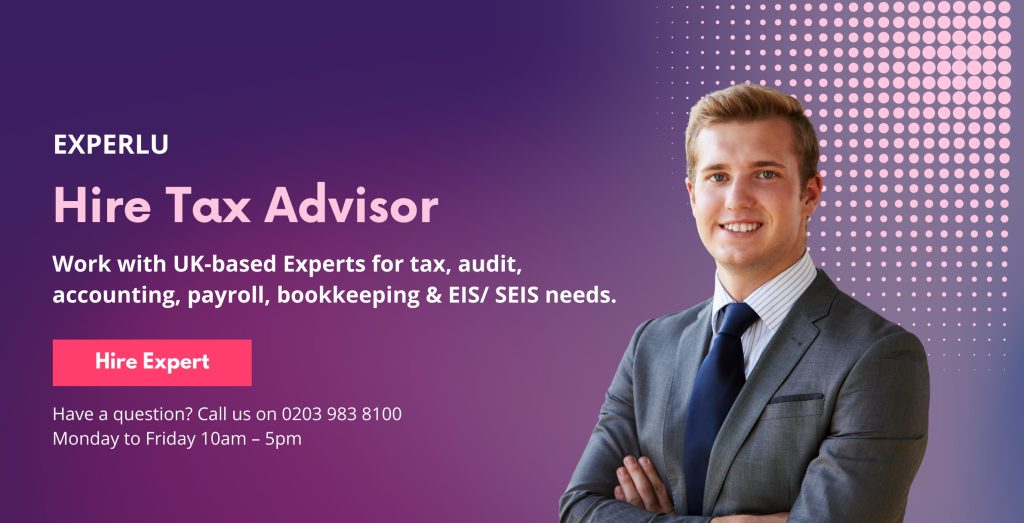
Although the Pay As You Earn (PAYE) system does an excellent job of getting the majority of the work off your plate, you can’t always trust that everything is being taken care of properly for you.
Here’s a step-by-step approach to getting started in the PAYE workforce.
1. Taxation on earnings
Your taxable income is subject to income tax. Usually, earnings from a job are taxed. When you work as an employee, the PAYE system is used to deduct income tax from your pay.
As a UK tax resident, you also have access to a tax-free personal allowance. It is the maximum amount of taxable income you may earn in a given tax year without paying taxes on it. For the tax year 2021-22, the personal allowance is £12,570.
Because of the way PAYE works, income tax may be withheld from your pay throughout the year, even if you earn less than the personal allowance altogether. Any PAYE overpayments during the year are generally refunded as a tax refund.
There are three primary income tax rates for the 2021-22 tax year. If you are a Scottish taxpayer, be aware that the thresholds are different.
Personal allowance starts receding once your earnings exceed £100,000. For every £2 you earn over £100,000, you lose £1 or a personal allowance.
Check our blog post on : 5 Tax Saving Tips for Salaried Employees.
2. National Insurance Contributions (NIC)
To ensure that the income tax and NIC you pay are properly recorded, you must inform your employer of your National Insurance number (NINO) when you first start work. Your NINO can be found on your NINO card or notice letter from HMRC when you turn 16.
You may be eligible for various state benefits, including the state retirement pension if you pay NIC.
Check our blog post on : How to minimise your pensions tax bill?
3. Forms for PAYE
As a fresher with no work experience, you will have to fill a Starter Checklist (earlier known as form P46) provided by your employer.
The checklist requests specific information from you for your company to assign an “emergency” tax code and calculate the tax payable on your first payment. HMRC will get the information you provide on the checklist from your employer.
HMRC will review the information you submitted on the Starter Checklist and, if necessary, will convert your emergency tax code to a regular tax code.
The Starter Checklist asks for information such as your NINO if you have been receiving jobseeker’s employment and support allowance, whether you have obtained a second job, and whether you are repaying a student loan.
You must complete the Starter Checklist or supply the relevant information to your employer at the earliest. It is essential so that your new employer can determine your taxes code correctly. If you do not give this information, you may wind up paying far too much tax due to using a 0T code.
It’s also critical that you complete the Starter Checklist accurately because poor completion of the Starter Checklist, particularly selecting the erroneous employee statement, is a common source of tax difficulties for individuals in employment.
Check our blog post on : What is Income Tax and How Does Income Tax Work?
4. Payslips
Your company must always present you with a payslip each payday, regardless of the payment method they choose. By law, the payslip must include several details like the wages that you receive, number of working hours, deductions, among other things.
You should carefully review the personal information on it, particularly the gross pay amount – were you paid what you expected/what you are legally entitled to for the hours you worked?
Any deductions you’ve made should likewise be double-checked.
Keep every payslip in a secure place. If you have overpaid your taxes, you will need the information on the payslips as proof to get your tax refund.
5. Refunds of taxes
The PAYE system may cause you to overpay tax on your job income at times.
For instance, if you paid an emergency tax at the start of a new work or if you had tax-deductible employment costs.
If you have all the records with you, you can claim a tax refund. If you don’t know the tax refund process, you can contact tax accountants who can guide you in the right direction.
You can also create a personal tax account on the HMRC website and see what you have paid to date.
What are the benefits of keeping your tax records?
Keeping your tax records safe can help you to refer to them in case you need to:
- Fill out a tax return for self-assessment (SA 100)
- Reclaim an overpayment of tax
- Make an application for tax credits and perks

When it comes to keeping records, how long should you retain them?
It’s not harmful to retain them for longer than necessary because they can help you claim tax refunds. Because you’ll need supporting proof to substantiate such claims, it’s a good idea to retain records for at least six years after the tax year ends.

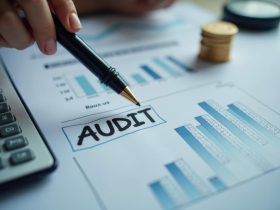



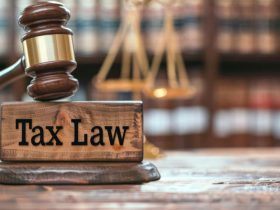
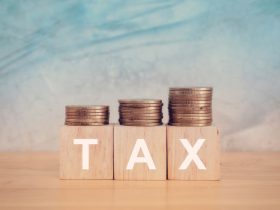

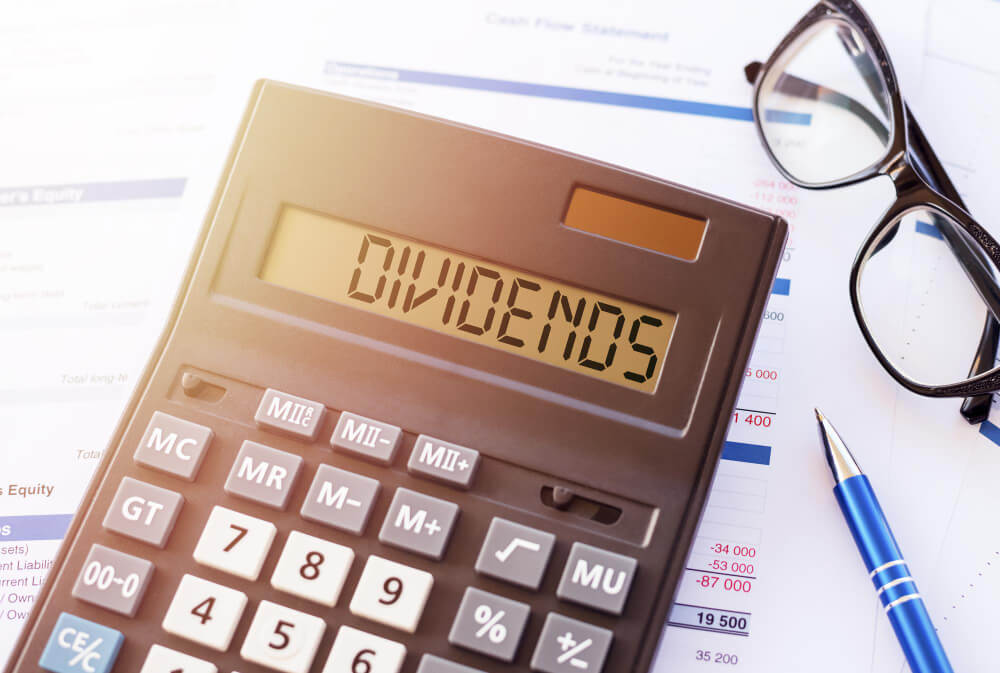

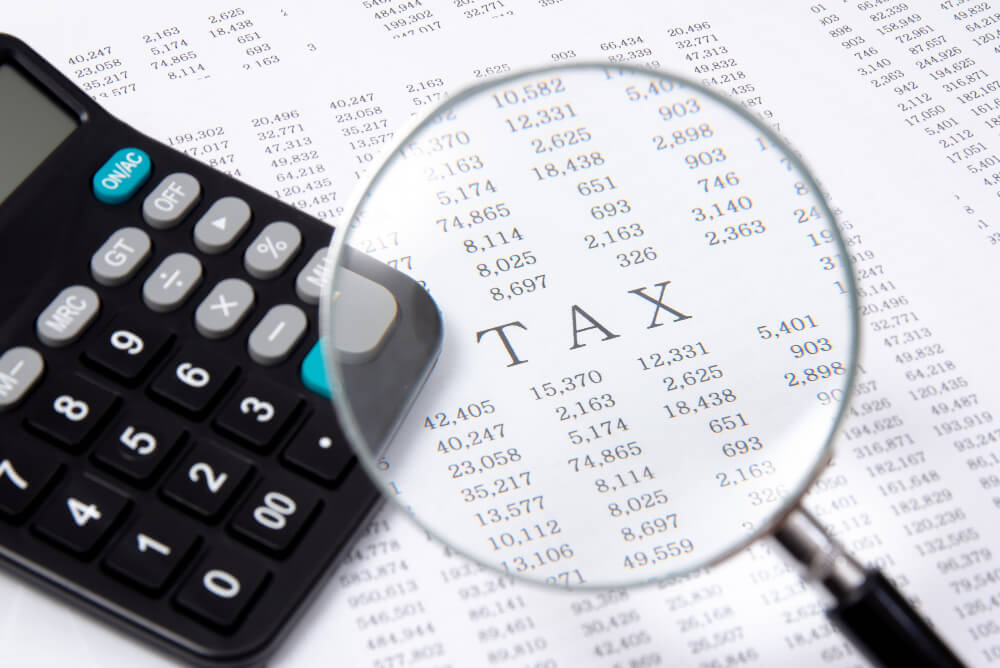
Leave a Reply